Marinated Sumac Onions (Red Onion Salad)
Fancy a bit of a different condiment for your dinner table? Marinated sumac onions are made by massaging tart, lemony sumac into crisp red onions. Often called red onion salad, it’s the ideal pickle to have ready to go in the fridge. Perfect with salad bowls, BBQ’s, sandwiches, falafels and dips.

This post may contain affiliate links. As an Amazon Associate and member of other affiliate schemes I earn from qualifying purchases. For more information please view my privacy policy and disclosures.
I love marinating things, pickling things, making chutneys, jams, and fermented vegetables. One of my easy favourites is sumac onions. They’re made by massaging tart, lemony sumac into crisp red onions, with a bit of vinegar and oil. They go a beautiful pink colour, and are delicious on the side of nearly any dish.
What is sumac?
Sumac is a middle eastern spice, made from the dried and ground berries of the wild sumac flower. The sumac flower is most commonly found in the subtropical and temperate climates of East Asia, Africa and North America. Historically, it has been used for culinary and medicinal purposes since Medieval times.
The ripe berries are harvested, then dried and ground to make the sumac powder we can buy in stores. It has a deep red colour and is coarse in texture.

What does sumac taste like?
Sumac is a really tangy spice with a bold citrusy flavour, which is slightly less pungent than lemon. Its mild fruity flavour perfectly balances out its acidity, and it really brings out the flavour in dishes it is cooked with.
It’s used in rubs, dressings, dips, marinades and often as a garnish, due to it’s beautiful red-purple colour. It’s the perfect spice candidate for making some bold and punchy marinated red onions!
Sumac benefits
Although we know that sumac was used for medicinal purposes in both Medieval times and by Native Americans, as a diuretic, antiseptic, and general medicinal herb, there is very little evidence to back this up these days.
What we do know now, is that sumac is rich in antioxidants, making it a powerful anti-inflammatory ingredient; experts believe that this is why it was acclaimed with such strong medicinal properties historically.

What are sumac onions?
Turkish sumac onions are sliced red onions marinated in sumac, along with oil and something acidic, in this case red wine vinegar. This softens the taste and texture of the onions. They are served in the Middle East as a side dish or condiment.
What do sumac onions taste like?
First of all, they taste onion-y! Whilst mixing the onions with acidic flavours such as sumac and vinegar softens the taste, they certainly are still onions. If you struggle with the pungency of raw onion, you can soak the onions in hot water before marinating.
In this recipe, I’ve massaged the onions with sumac, before adding in the remaining ingredients. By first massaging the onions with the sumac they soak up the flavour, which results in beautifully punchy, slightly sweet, citrusy onions.
What are the ingredients for red onion salad?
This is an easy 5 ingredient recipe which takes less than 5 minutes to prepare. To make the perfect Turkish sumac onions you will need:
- Red onion, thinly sliced for the best flavour.
- Sumac– you can buy this in the spice section at the store or online.
- Salt
- Red wine vinegar (you can substitute this for apple cider vinegar if you don’t have any).
- Olive oil– ideally extra virgin.

How to make sumac onions
Making sumac marinated onions is really easy. Start by thinly slicing red onion into half-slices. I used a mandolin to chop mine, but you can just use a good sharp knife to get thin slices.
Place the slices in a bowl, and sprinkle over the sumac and salt. Give the onions a good massage for a minute to really combine them with the spice.
Next, add the red wine vinegar and olive oil, and mix well. Leave them for at least 30 minutes before eating, but they will be their best after a couple of hours.
You should give the red onion salad another quick stir before serving, to bring up any spices that might have settled to the bottom.
What do they go with?
Marinated red onions go on the side of most dishes; you name it and I’ll put Turkish sumac onions next to it!
- Traditionally, red onion salad is served alongside grilled meat and kebabs, so try them with your next BBQ or with a grilled meat alternative. Sumac onions are perfect for shawarma. Why not make a homemade vegan version?
- They work wonderfully on the side of a salad or in a buddha bowl. Try a middle eastern variation by including falafels, couscous, hummus and pomegranate seeds.
- Sumac onion salad would be the perfect side dish for some Lebanese cabbage rolls, or for this tofu shakshuka.
- Try them on top of some tahini toast for a little something different!
- I would also suggest giving them a go in a sandwich or a wrap, with some baked tofu and fresh veggies.
- Even create a meze platter with some Mediterranean dip, falafel, and hummus flatbreads!
- For something a little bit different, try sumac onions on top of some crispy gnocchi, or with a simple olive oil pasta.

What else can you use sumac for?
Sumac is a really versatile spice that can be used in any dish which needs a citrusy kick. It’s a great alternative to lemon, when you’re looking to add a sour flavour, without the extra liquid. Add a small pot of sumac to the table next to your salt and pepper, and find out why this is such a popular seasoning in the Middle east.
- Sumac is an essential ingredient in the Middle Eastern spice blend za’atar, which makes an excellent flavourful rub or seasoning.
- Try this sumac roasted cauliflower salad for a bright and fresh lunch. Alternatively, just sprinkle it over your favourite salad recipe.
- I love crispy roasted chickpeas (for something different, try this miso roasted recipe!), and this crunchy sumac snack is no exception!
- For a punch of flavour, sprinkle sumac over baba ganoush or hummus.
- Or try rubbing it into tofu or vegetables before grilling for an alternative BBQ spice!
Variations on this recipe
If you’d like to spruce up your onion salad, mix the red onion salad with some fresh chopped parsley. This is a very common way to serve sumac onions, as the fresh lemony flavour of parsley goes so well with the punchy flavour of the dish.
If you like it spicy, add half tsp of chilli flakes or cayenne pepper along with the sumac.
You can also make this into a bit more of a western take on a salad, by stirring the sumac onions through some chopped romaine leaves, tomato and cucumber.

FAQs
For Turkish sumac salad, there really is no substitute for sumac. However, if I’ve piqued your interest and you’re wondering how you could replicate the flavour of sumac in your cooking, you can try using lemon zest, lemon pepper seasoning, lemon juice, or in a pinch vinegar or tamarind paste.
If you find that raw onion is too strong for you, even in sumac pickled onions, you can soak the raw onion slices in hot water for 10-30 minutes before mixing them with the other ingredients. This will reduce the strong onion flavour and make them more palatable. If you do this, make sure you pat them dry before carrying on with the recipe.
If cutting onions makes you cry, it’s due to the sulfoxides released from the onions when you break the skin. I like freezing the onion for 15 minutes before cutting, as this gets it nice and cold and stops this process, allowing you to enjoy your Turkish onion salad without tears!
For a funnier alternative, it’s been shown that holding a piece of bread in your mouth absorbs the chemicals before they reach your eyes. I can’t vouch for this one, but let me know if you try it!
How to store red onion salad
Pop the sumac onion salad in an airtight container or jar, and keep in the fridge for up to two weeks. The vinegar in the onions will help to keep them preserved. If you choose to add parsley to the onions they might not keep as long, so for the freshest sumac onions, I would suggest adding parsley to them just before eating.
Pin it!

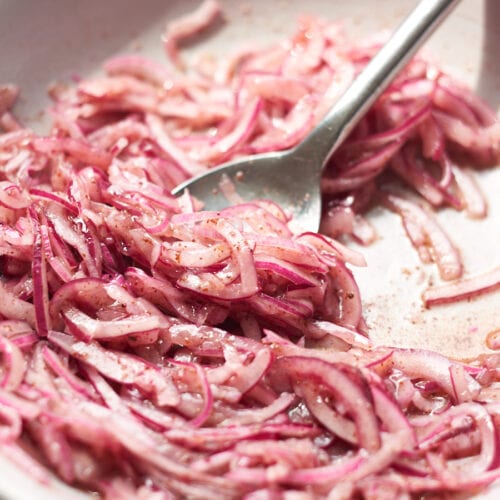
Marinated Sumac Onions (Red Onion Salad)
Ingredients
- 1 large red onion thinly sliced
- 2 tsp sumac
- ½ tsp salt
- 2 tbsp red wine vinegar
- 2 tbsp olive oil
Instructions
- Add the thinly sliced onions to a bowl with the sumac and salt. Gently massage them for a minute until they are well combined.
- Add the red wine vinegar and oil, stir well, and leave to marinate for 30 minutes.
- Keep in a sealed container in the fridge, and enjoy for up to 2 weeks.
Notes
Made this recipe?
I’d love to know how you got on- let me know how it turned out in the comments below!
Or if you’d rather you can Pin it, or share it on Facebook (forkfulofplants) or Instagram (forkful_of_plants). Don’t forget to tag me!
Want to hear more from me?
Sign up to my newsletter below and I’ll make sure you’re the first to know when I post a new recipe!



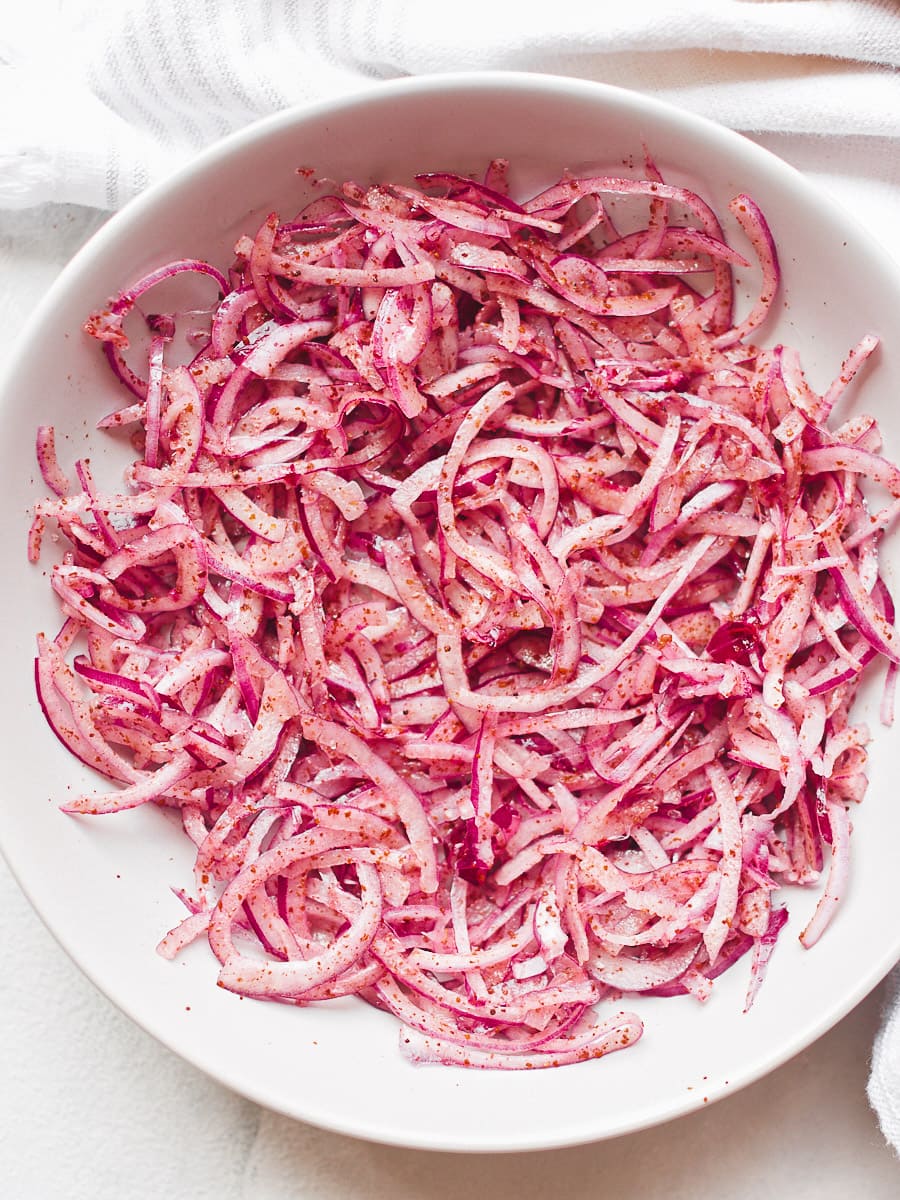
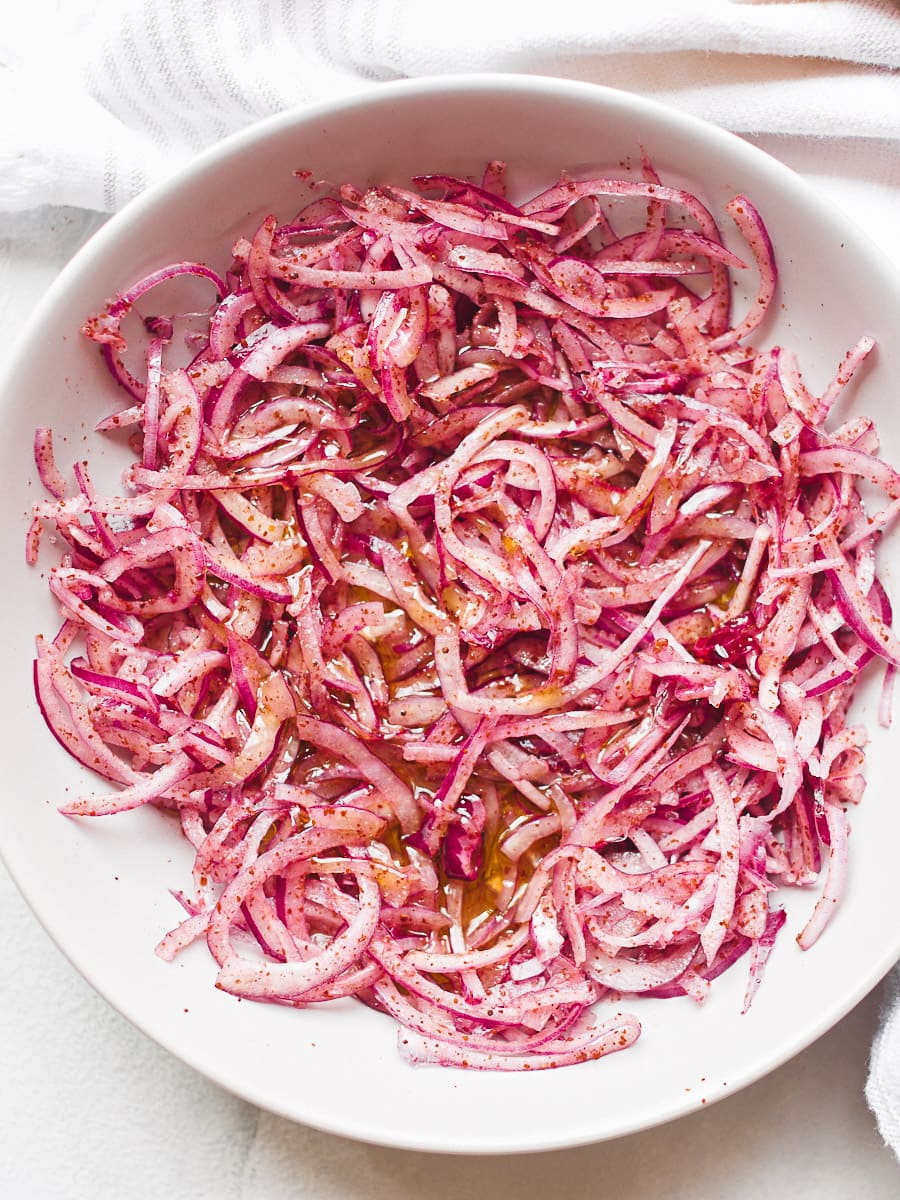

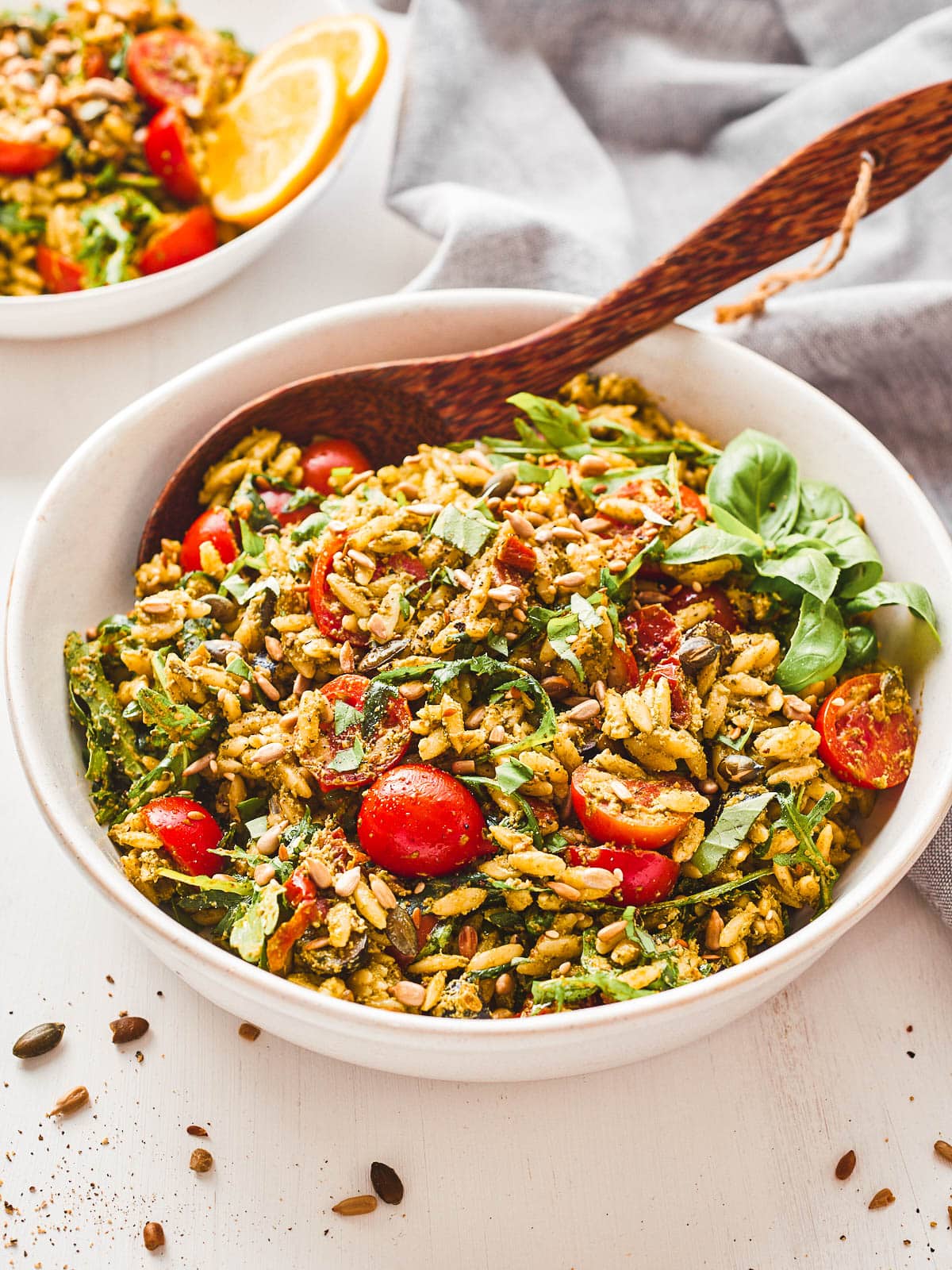

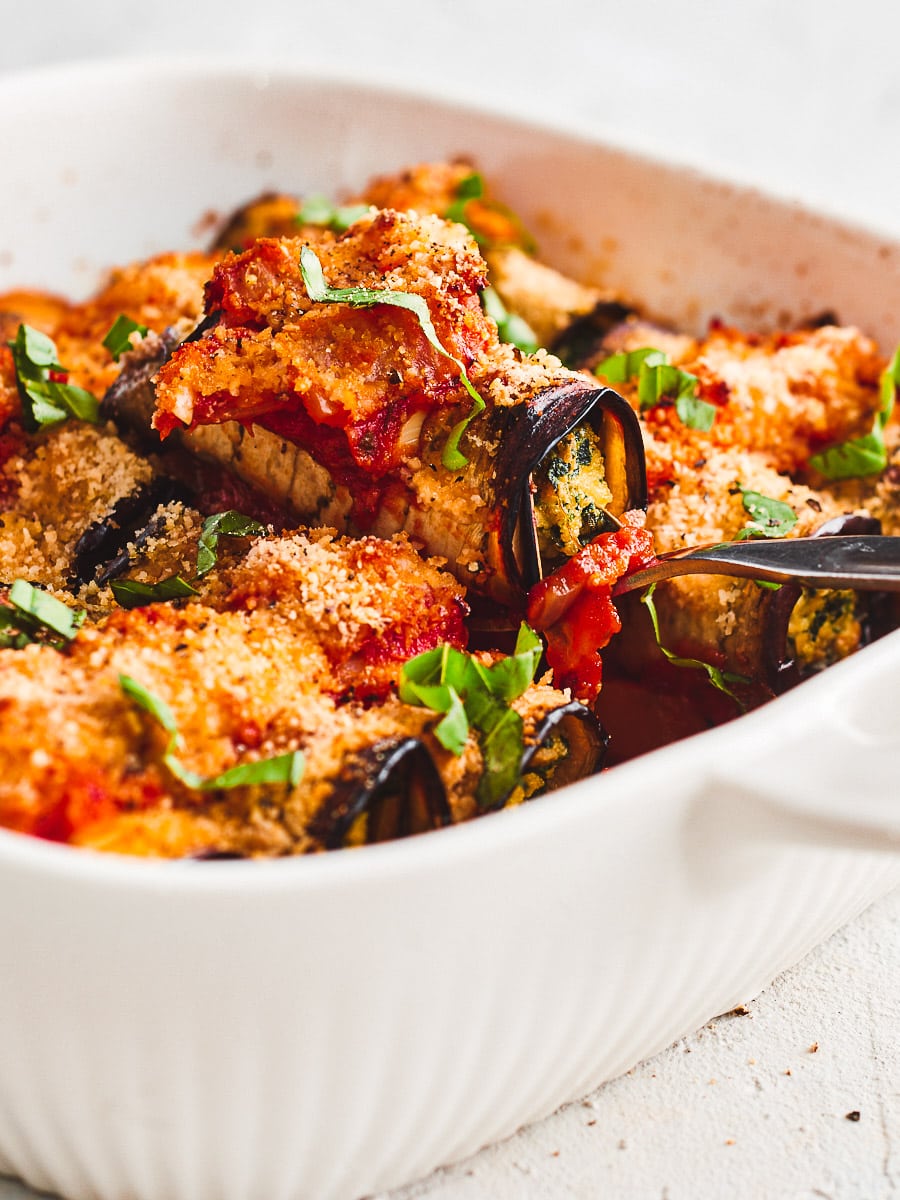


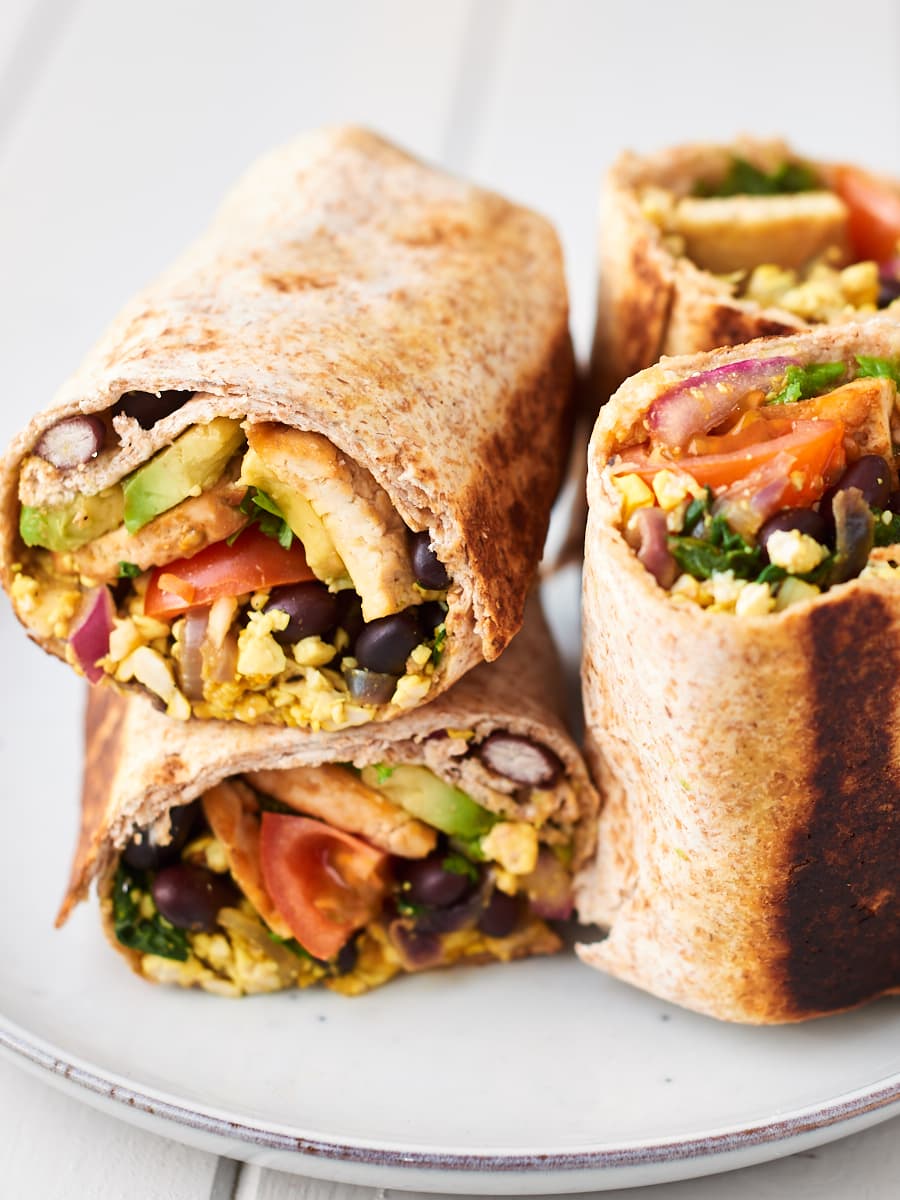
ABSOLUTLY. Devine. Very delicious thanks
Thank you for the lovely feedback Audrey, I’m so glad you enjoyed them 🙂